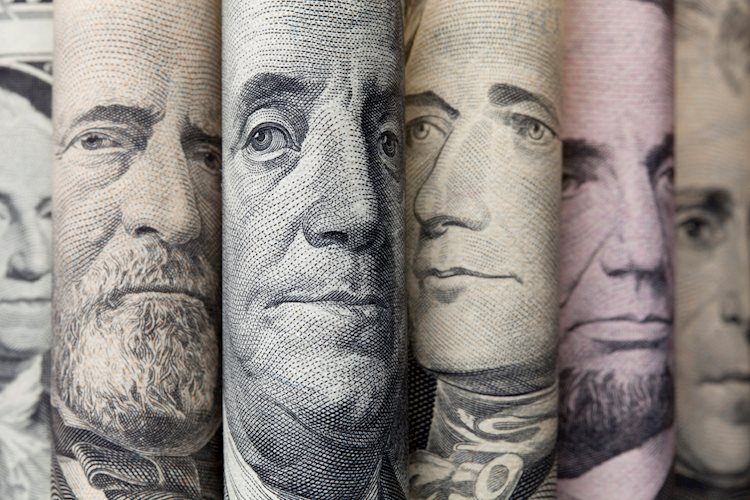The US Dollar continued to gain strength on Friday, with traders moving away from the Japanese Yen and Euro. This surge in the Greenback can be attributed to sovereign bond yields in some Eurozone countries, particularly France, rising due to political uncertainty. Additionally, the Bank of Japan announced plans to ease its bond-buying program, leading to a weaker Japanese Yen.
Despite soft inflation figures, the market seems to be focused on the Federal Reserve’s hawkish stance. Key economic data to watch on Friday includes import-export price data and the University of Michigan Consumer Sentiment and Inflation Expectations survey. Federal Reserve Bank of Chicago President Austan Goolsbee and Federal Reserve Governor Lisa Cook are scheduled to make comments during the US session.
On the global front, the US Dollar gained strength on Friday due to the Eurozone bond crunch and the Bank of Japan’s plans to ease its bond-buying program. The USD/JPY pair climbed after the BoJ’s announcement, potentially leading to further Yen weakness. Meanwhile, the US import and export prices for May are expected to be released, along with the University of Michigan’s preliminary report for June.
In terms of Federal Reserve expectations, the CME FedWatch Tool shows a 31.5% chance of no interest rate change in September, with a higher likelihood of a 25-basis-points rate cut. The benchmark 10-year US Treasury Note saw yields slide to near lows seen in March. On the technical analysis front, the US Dollar Index is projected to head higher with resistance levels at 105.88 and 106.51.
Central banks play a crucial role in maintaining price stability in economies by tweaking policy rates to control inflation or deflation. Tools like interest rate adjustments help central banks achieve their mandate of keeping inflation close to 2%. Central banks may choose to tighten or ease monetary policy by hiking or cutting benchmark rates based on economic conditions. Central bank policy board members, often categorized as ‘doves’ or ‘hawks’, play a role in shaping monetary policy based on their stance on inflation and economic growth.
The chairman or president of a central bank leads policy meetings and aims to create consensus among members. Communication of monetary policy is crucial in order to avoid market volatility. Members of the central bank are restricted from publicly discussing policy decisions in the days leading up to a meeting, known as the blackout period. Overall, central banks strive to strike a balance between economic growth and price stability through effective monetary policy.










